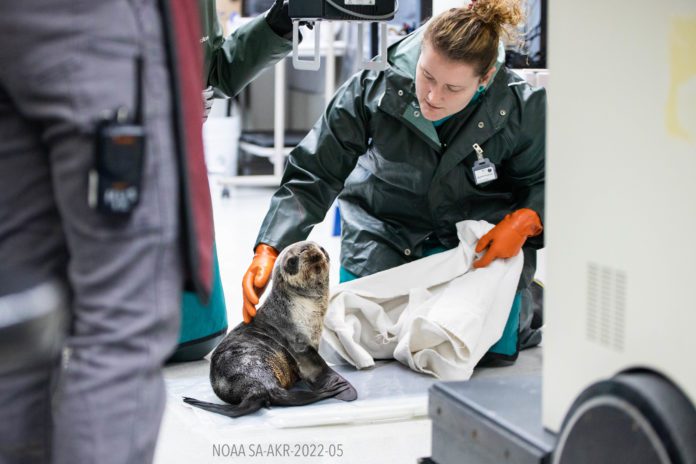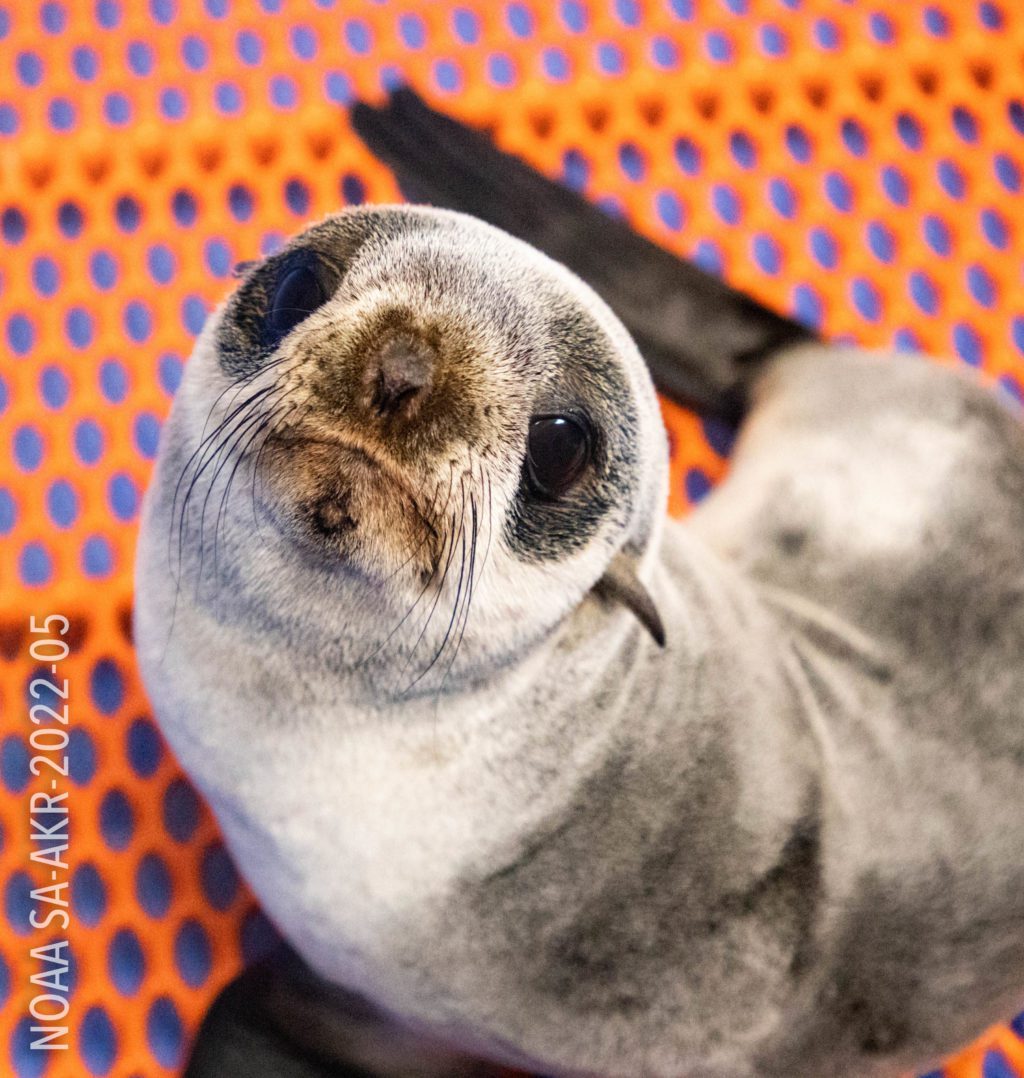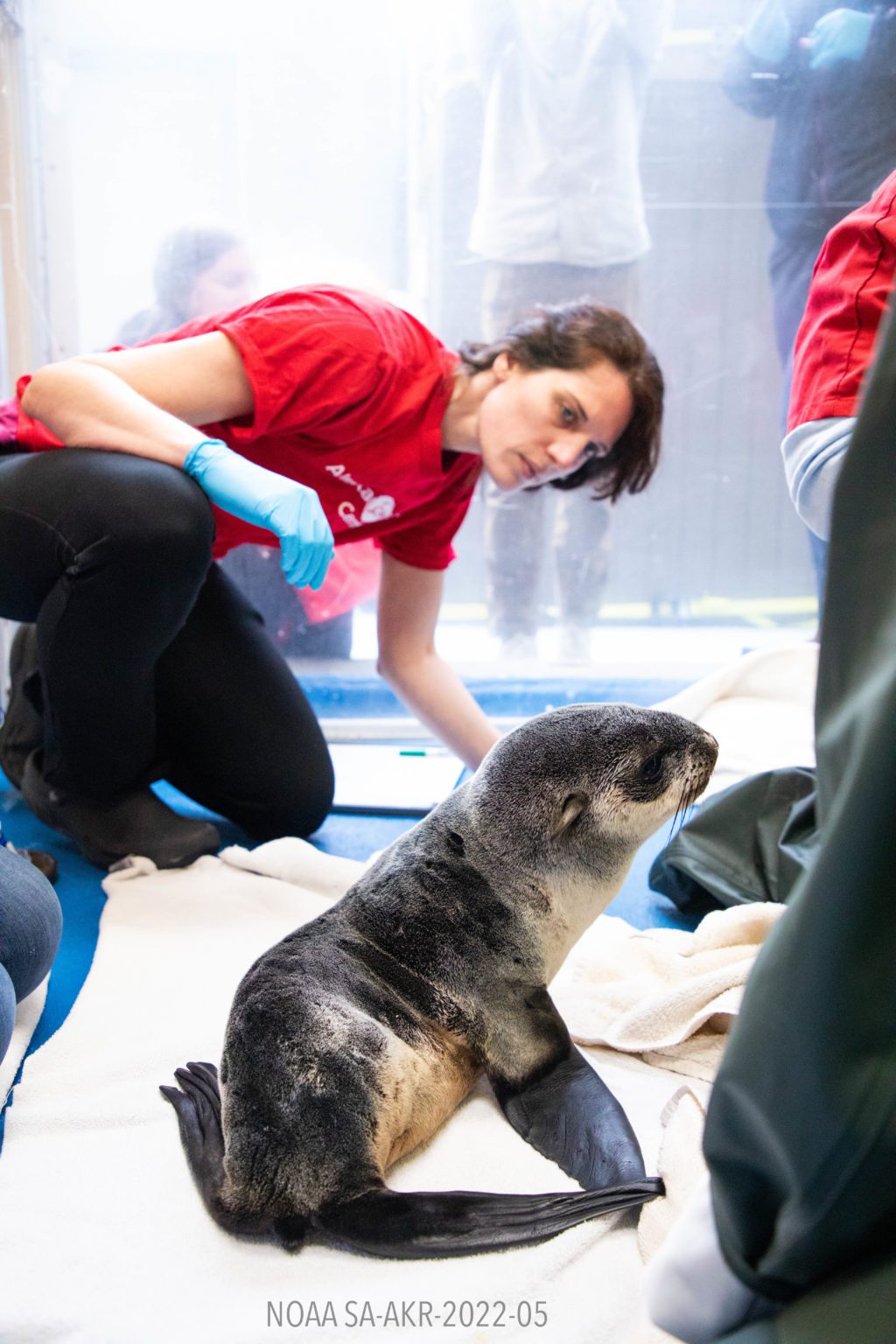
A northern fur seal pup observed swimming erratically off the coast of Sitka, in Southeast Alaska late last month is now in the care of the Alaska SeaLife Center in Seward, where she is being treated for dehydration, malnourishment and signs of an unknown bloodstream infection.
Staff at the ASLC’s Wildlife Response Program said that despite these issues, the pup, believed to be about six months old, is alert and active.

Sitka residents concerned about the pup’s erratic behavior reported the pup via a 24-hour stranding hotline (1-888-774-7325) and after receiving approval from NOAA the pup was transported to the center in Seward.
No evidence of severe physical trauma was found during the initial evaluation.
Funds provided through federal grants, corporate sponsors and individual donations provide the financial support needed for this program. Donors include ConocoPhillips, Marathon Petroleum Corp., Matson, PetZoo, GCI and a number of individual donors, funds and foundations.
Northern fur seals are members of the “eared seal” family and spend most of the year in the ocean. They are described as opportunistic foragers, consuming a wide variety of midwater fish and squid species. Walleye pollock is the predominant prey of northern fur seals.

Weaned seal pups typically spend nearly two years away before returning to their breeding colonies. The largest aggregation of these seals is in the Pribilof Islands, but in winter months the southern boundary of northern fur seals extends across the Pacific Ocean, between southern California and Honshu Island, Japan.
Northern fur seas primarily use open ocean for foraging and rocky beaches to rest, molt and reproduce.
They are protected, like all marine mammals, under the Marine Mammal Protection Act.




